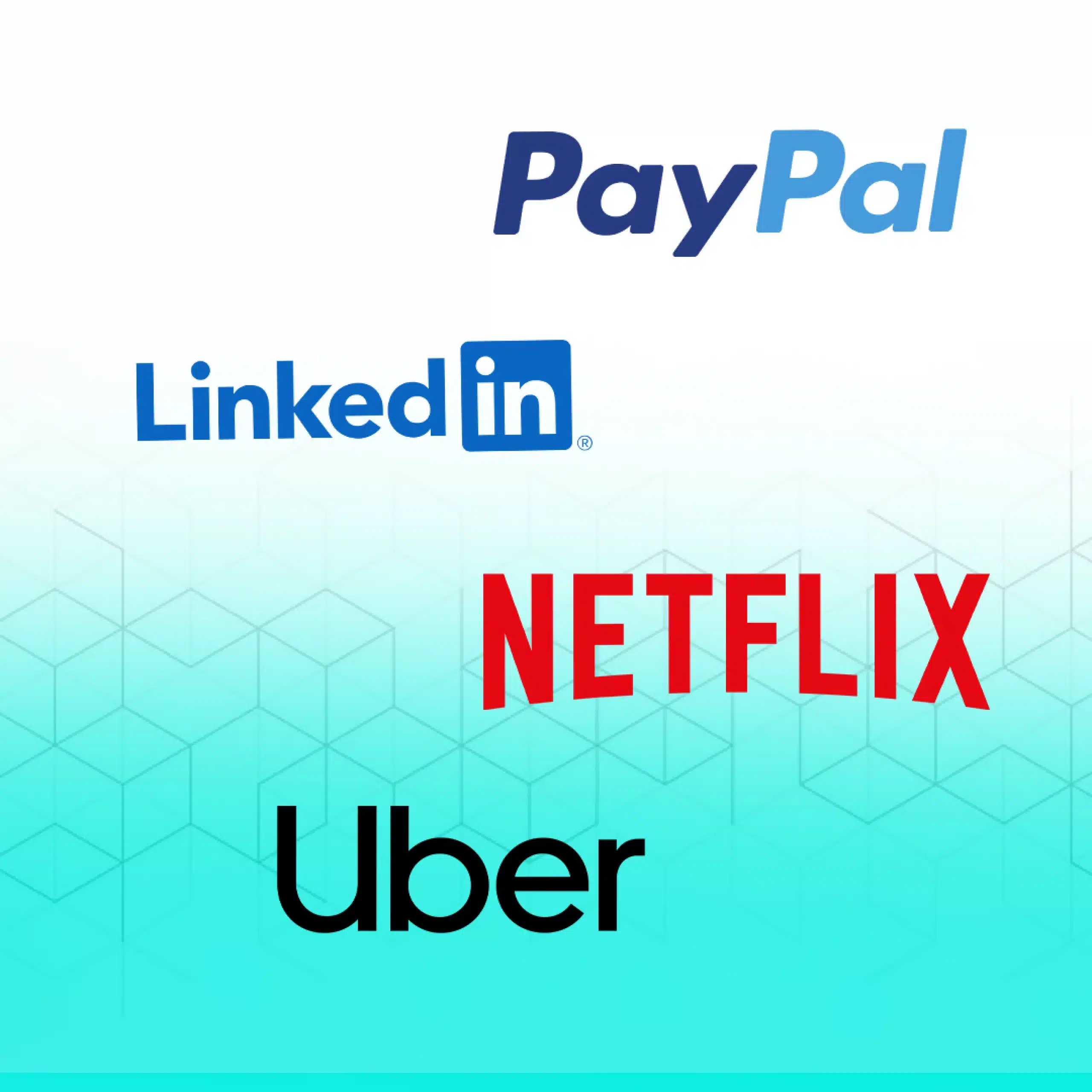Table of content
Reasons to Choose MEAN Stack Development
When it comes to web development, choosing the right technology stack can greatly impact the success of your project. MEAN stack development has gained significant popularity in recent years, and for good reason. Here are the top 5 reasons why MEAN stack is ideal for web development projects:
Scalability
MEAN stack offers high scalability, allowing you to easily scale your application as your user base grows. The combination of MongoDB, a NoSQL database, and Node.js, a lightweight and efficient server-side JavaScript runtime, provides a robust foundation for building scalable applications. Whether you’re starting with a small user base or anticipating rapid growth, MEAN stack can handle the demands of your application.
Efficiency
With MEAN stack, you can leverage JavaScript as the primary language throughout the entire development process. This eliminates the need to switch between different languages for front-end and back-end development, streamlining the development cycle.
MEAN stack’s unified language approach increases developer productivity and reduces development time, making it an efficient choice for web development projects.
Cost-effectiveness
MEAN stack is an open-source technology stack, which means it is freely available and supported by a vibrant community of developers. This eliminates the need for costly licensing fees, making it a cost-effective solution for businesses of all sizes.
Additionally, the use of JavaScript for both front-end and back-end development reduces the need for hiring separate developers with different skill sets, further reducing development costs.
Flexibility
When you choose MEAN stack development for your project you get a flexible architecture that allows easy integration and customization of various components. Whether you need to add new features or scale your application, MEAN stack provides the flexibility to adapt to your specific requirements.
The modular nature of MEAN stack enables easy component replacement and ensures that your application remains agile and adaptable.
Vibrant Community Support
MEAN stack benefits from a large and active community of developers. This means you can find extensive documentation, tutorials, and resources to support your development journey. The community support also ensures that MEAN stack remains up-to-date with the latest trends and best practices, allowing you to stay ahead in the ever-evolving web development landscape.
In conclusion, MEAN stack development offers numerous advantages for web development projects. From scalability and efficiency to cost-effectiveness and flexibility, MEAN stack provides a comprehensive solution. By choosing MEAN stack, you can build robust and successful web applications while leveraging the strengths of each component.
Real-world Examples of Successful MEAN Stack Projects
MEAN stack has gained significant popularity in the web development community, thanks to its robustness, flexibility, and efficiency. By combining MongoDB, Express.js, AngularJS, and Node.js, developers have been able to create innovative and highly functional applications. Let’s explore some real-world examples to see how MEAN stack development has been successfully utilized in various projects.
LinkedIn, the world’s largest professional networking platform, is built using the MEAN stack. With millions of users and complex features, the scalability and performance offered by the MEAN stack architecture have played a crucial role in LinkedIn’s success. The application leverages AngularJS for dynamic front-end rendering, Node.js for seamless real-time updates, and MongoDB for efficient data storage.
Netflix
Netflix, the leading online streaming platform, chose MEAN stack development for their project. The MEAN stack’s ability to handle high-volume traffic and deliver a seamless user experience has made it the preferred choice for such large-scale applications. Netflix utilizes AngularJS to build a responsive and interactive user interface, while Node.js ensures efficient server-side processing and data streaming.
PayPal
PayPal, the renowned online payments system, also relies on the MEAN stack for its web development. MEAN stack’s modular architecture and scalability have allowed PayPal to continuously innovate and provide secure and efficient payment solutions. AngularJS provides a dynamic and user-friendly interface, while Node.js enables real-time transaction processing. MongoDB serves as a reliable database system for handling large-scale financial data.
Uber
Uber, the popular ride-hailing service, utilizes the MEAN stack for its web-based platform. MEAN stack’s real-time capabilities and scalability are crucial for handling a vast number of concurrent requests and providing instant ride updates. AngularJS powers the front-end experience, Node.js handles the backend processing, and MongoDB stores and retrieves data efficiently.
MEAN Stack Development vs. Other Frameworks
When it comes to web development, choosing the right framework can make a significant difference. MEAN stack stands out among other popular frameworks, offering unique features and strengths that set it apart. Let’s compare MEAN stack with some of the other well-known web development frameworks:
MEAN Stack
MongoDB: A flexible and scalable NoSQL database that allows for efficient data storage and retrieval.
Express.js: A fast and minimalist web application framework for Node.js, providing a robust set of features for building web applications.
AngularJS: A powerful front-end framework that simplifies the development of dynamic and responsive web interfaces.
Node.js: A JavaScript runtime environment that allows server-side scripting, making it possible to build efficient and scalable web applications.
Other Frameworks
1. LAMP Stack (Linux, Apache, MySQL, PHP)
Strengths: Widely used and established stack with a vast community and ample resources.
Weaknesses: Limited scalability and relatively complex setup
2. Ruby on Rails
Strengths: Emphasizes convention over configuration, enabling rapid development and easy maintenance.
Weaknesses: Limited scalability and may require additional configuration for high-performance applications.
3. Django (Python)
Strengths: Highly secure and scalable framework with robust built-in features.
Weaknesses: Steeper learning curve for beginners compared to MEAN stack.
4. ASP.NET (C#)
Strengths: Offers excellent performance, enterprise-level scalability, and seamless integration with other Microsoft technologies.
Weaknesses: Limited cross-platform compatibility, higher resource requirements.
Overall, MEAN stack provides a modern and comprehensive development environment that combines the strengths of JavaScript across the entire application stack. It offers scalability, flexibility, and ease of development, making it an attractive choice for both small-scale projects and large-scale enterprise applications.
Conclusion
Embarking on a MEAN stack development project offers an exciting journey towards building innovative and dynamic web applications. By following these steps and leveraging the available resources, you’ll be well on your way to become a MEAN stack developer. So, get started today and unleash the potential of MEAN stack to create powerful and efficient web applications!



